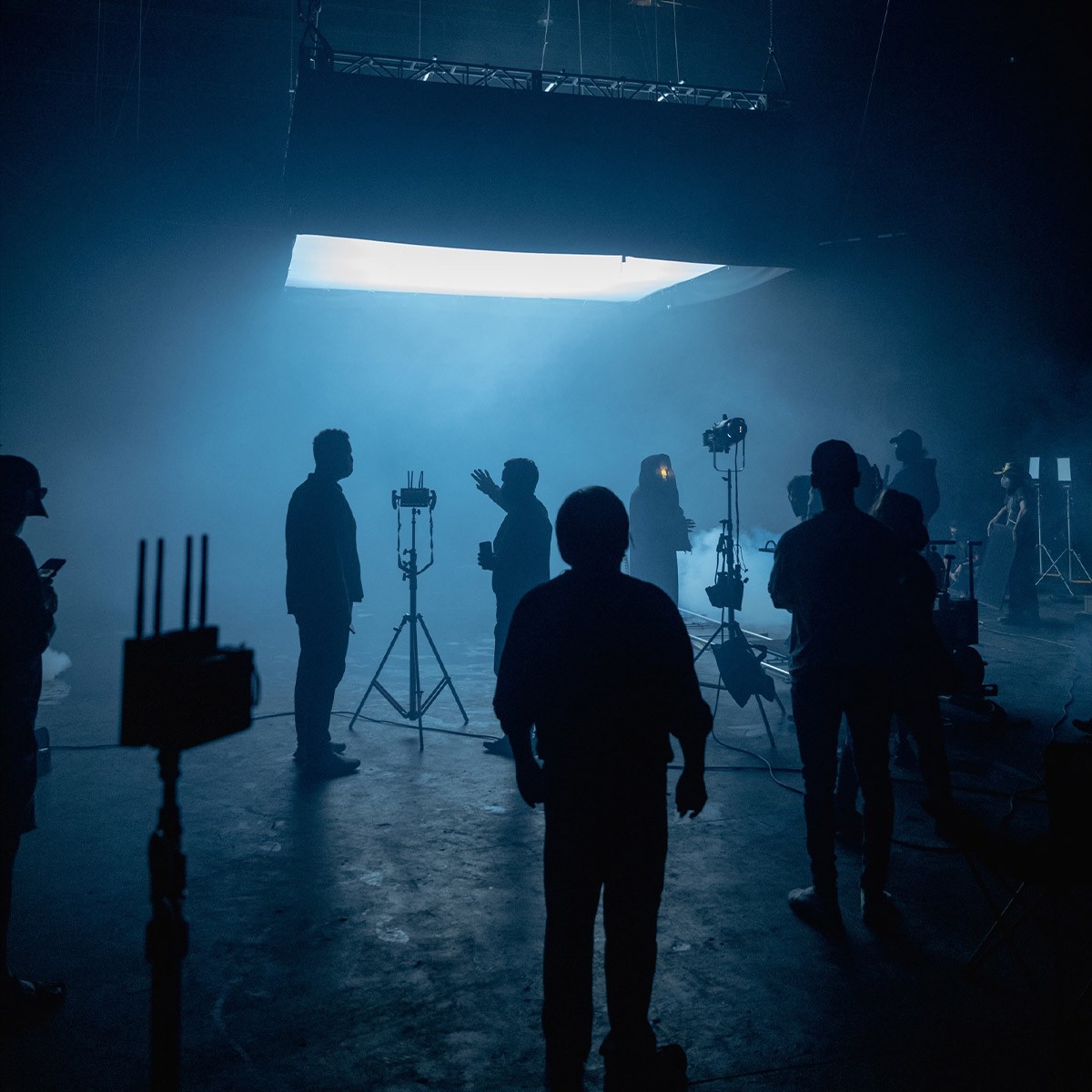Animation
Film Crew Position: Comic Book Illustrations

What does a Comic Book Illustrations do?
A comic book illustrator, also known as a comic book artist, is a professional who specializes in creating the visual narrative for comic books or graphic novels. Their artistry is instrumental in shaping the story's atmosphere, character expressions, and settings. They work closely with writers to bring the script to visual life, ensuring that the illustrations effectively convey the story's tone, pace, and action. In the realm of animation, these artists might also contribute to storyboards that guide the animated production, making their role cross-disciplinary at times.
What role does a Comic Book Illustrations play?
The role of a comic book illustrator encompasses a range of responsibilities, from conceptualizing characters and environments based on a writer's script to laying out pages that dictate the flow of the story. They sketch, ink, and sometimes color the frames that make up a comic book, all while maintaining a consistent style and adhering to publishing deadlines. Their illustrations are not merely artistic expressions but are integral to storytelling, contributing to the overall pacing and engagement of the narrative.
Do you need to go to college to be a Comic Book Illustrations?
While a formal college education is not an absolute requirement to become a comic book illustrator, many professionals in the field pursue degrees in fine arts, illustration, or graphic design to hone their skills. These programs provide structured training, exposure to various artistic techniques, and a foundation in art history that can be beneficial in this career. However, some illustrators are self-taught and have successfully entered the industry through portfolio development, networking, and building a reputation through freelance work and online platforms.
What skills do you need to be a Comic Book Illustrations?
Successful comic book illustrators possess a range of skills that go beyond mere drawing ability. They need a strong grasp of anatomy, perspective, and composition to create dynamic and appealing illustrations. Storytelling prowess is also essential, as the illustrations must effectively convey the narrative without words. Familiarity with color theory and digital art software, such as Adobe Photoshop or Clip Studio Paint, is often necessary, especially as the industry shifts more towards digital production. Time management and the ability to work to tight deadlines are crucial, alongside the capacity for creative collaboration and receiving constructive feedback.
New to filmmaking?
Get Free Template
Use our budget template to get a kick start on your film project. Get access to dozens of templates no matter what type of project!
